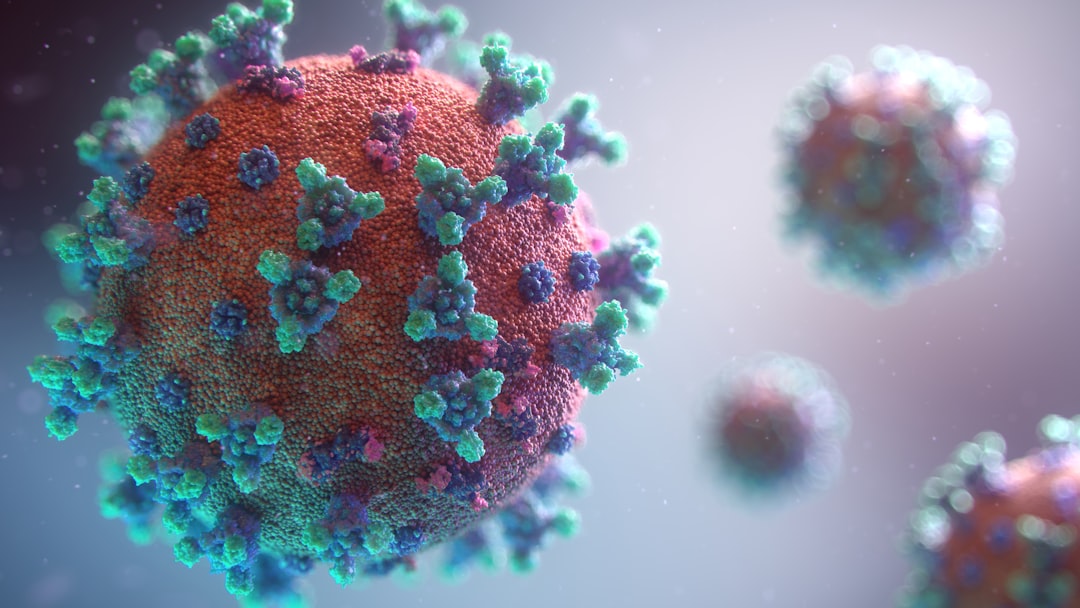What is it about?
Diatoms are microalgae with a beautiful cell wall made of patterned glass. People have been fascinated by these microscopic patterns since the 1700s. Modern microscopy allows us precisely quantify these structures. We describe a family of unusual patterns of holes across a number of related diatom species. While we are not aware of other natural occurrences of these patterns, they are very similar to the pattern of stitches in a crocheted hat. Our computer simulations suggest how this pattern might emerge naturally during the development of the cell wall.
Featured Image

Photo by Faruk Kaymak on Unsplash
Why is it important?
Our work on diatoms is driven by both fundamental and practical factors. Fundamentally, we know very little about how cells build these intricate structures from glass, using only the sun’s energy and nutrients available in seawater. More practically, we hope to learn new ways of processing glass from diatoms. Currently, glass and patterned silica manufacturing are energy-intense complex processes. If we could decipher how diatoms construct their cell wall, we might be able to mimick them. Then, we could create glass materials at room temperature using with less energy. Patterned silica materials could be useful optical and physical filters.
Perspectives
This project was a joy to work on. We were expecting to find connections between physics and biology, but the connection to traditional yarn arts was a wonderful surprise.
Eric Dufresne
ETH Zürich, D-MATL
Read the Original
This page is a summary of: Geometrical frustration of phase-separated domains in
Coscinodiscus
diatom frustules, Proceedings of the National Academy of Sciences, July 2022, Proceedings of the National Academy of Sciences,
DOI: 10.1073/pnas.2201014119.
You can read the full text:
Contributors
The following have contributed to this page










